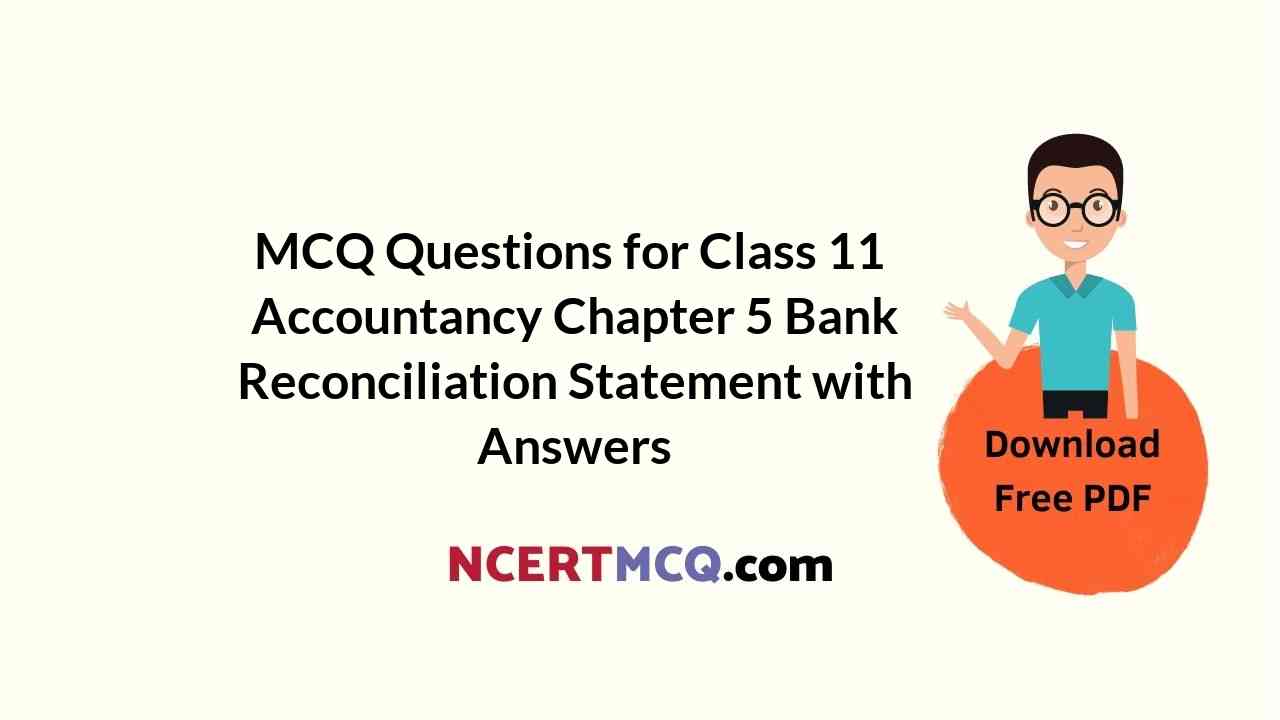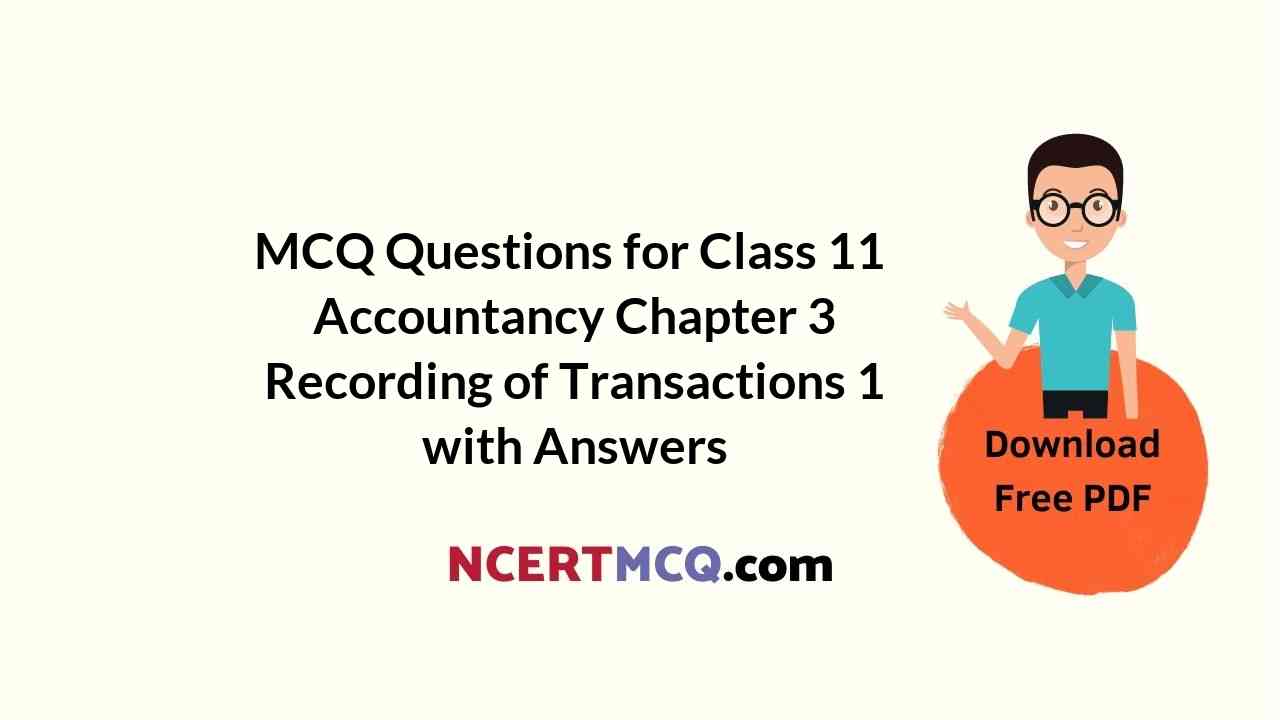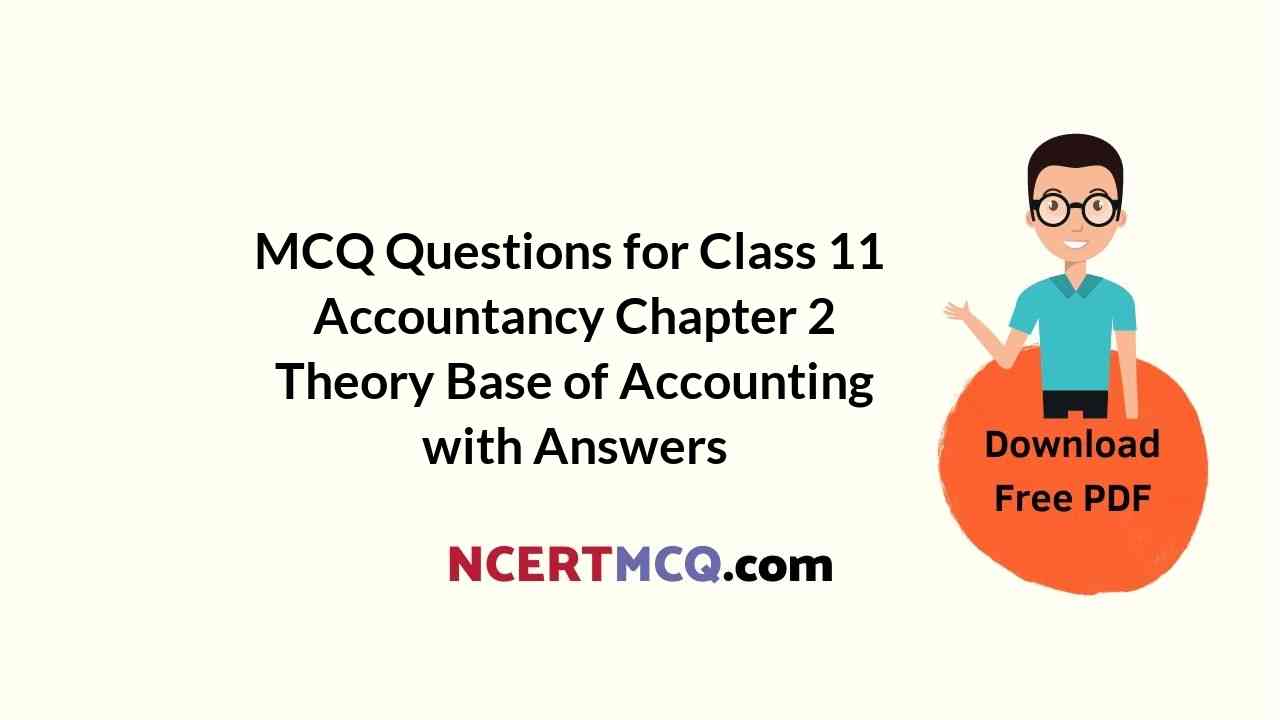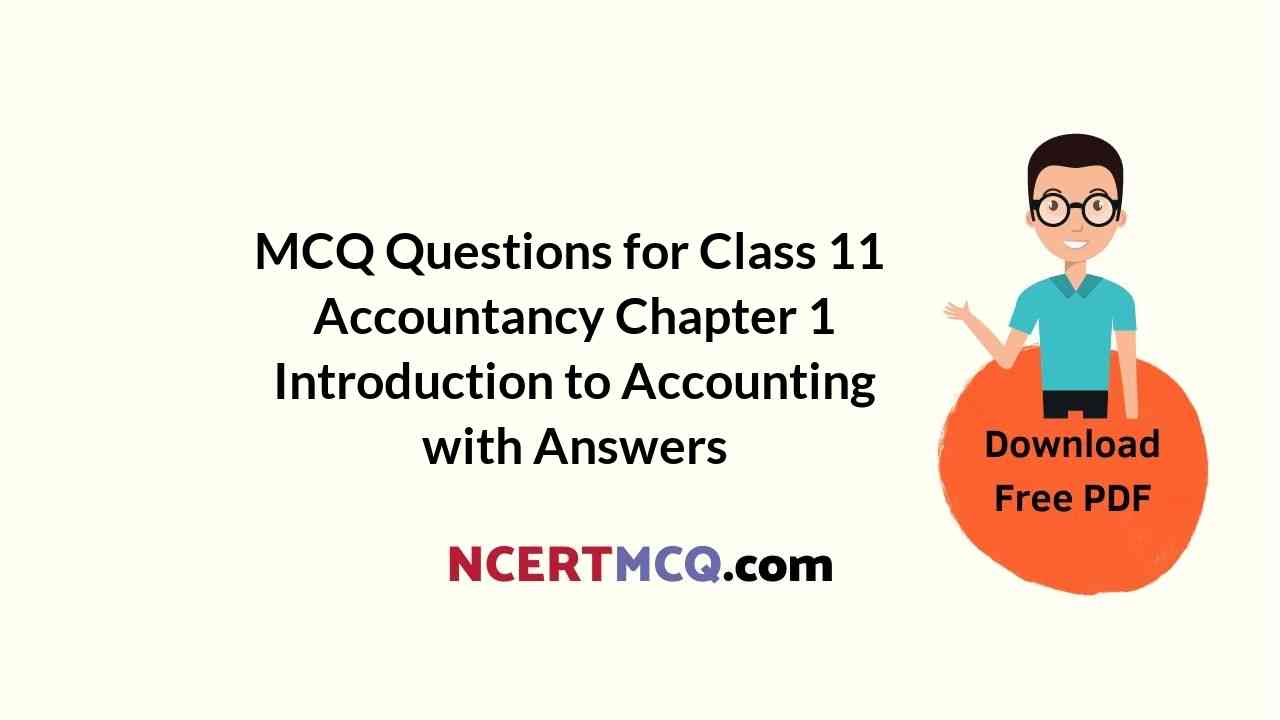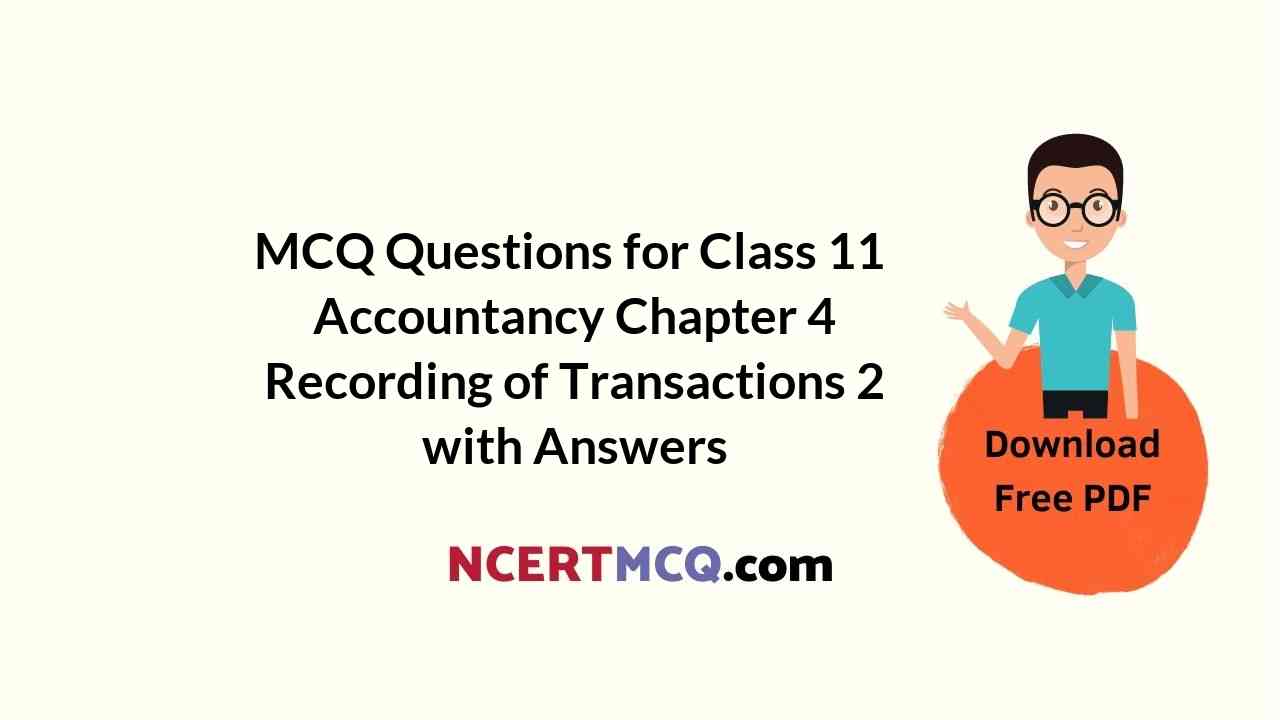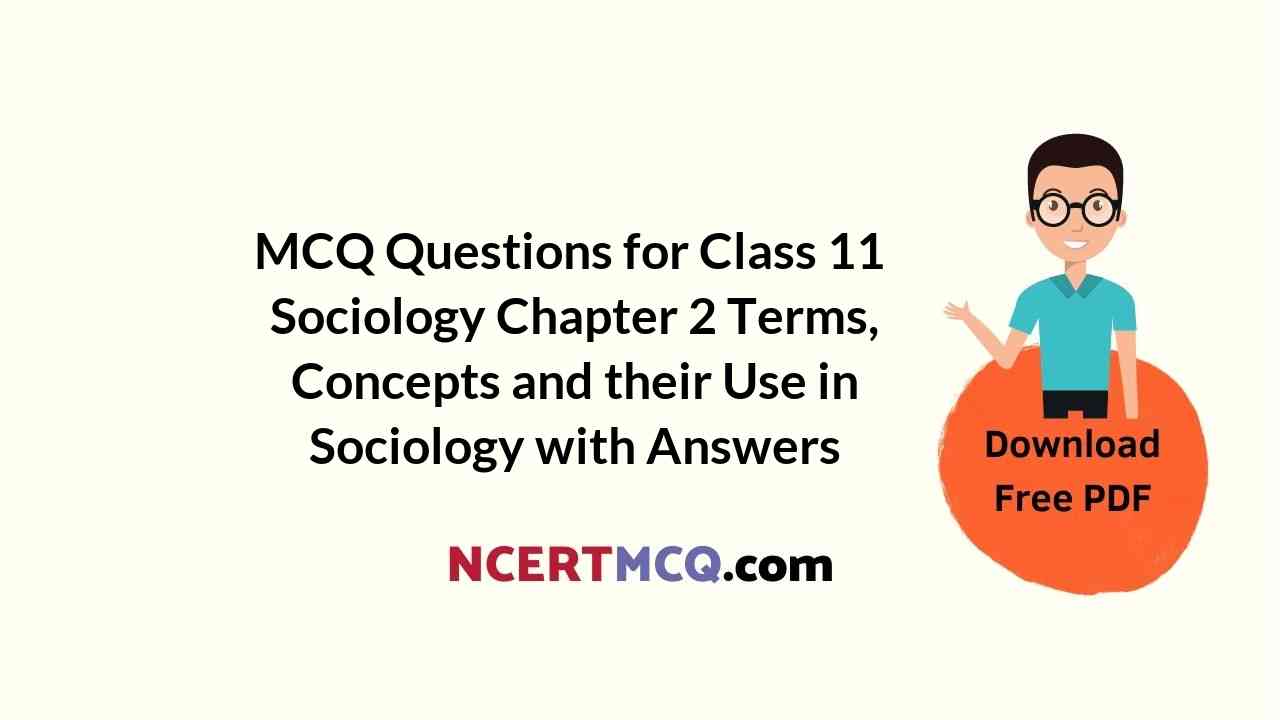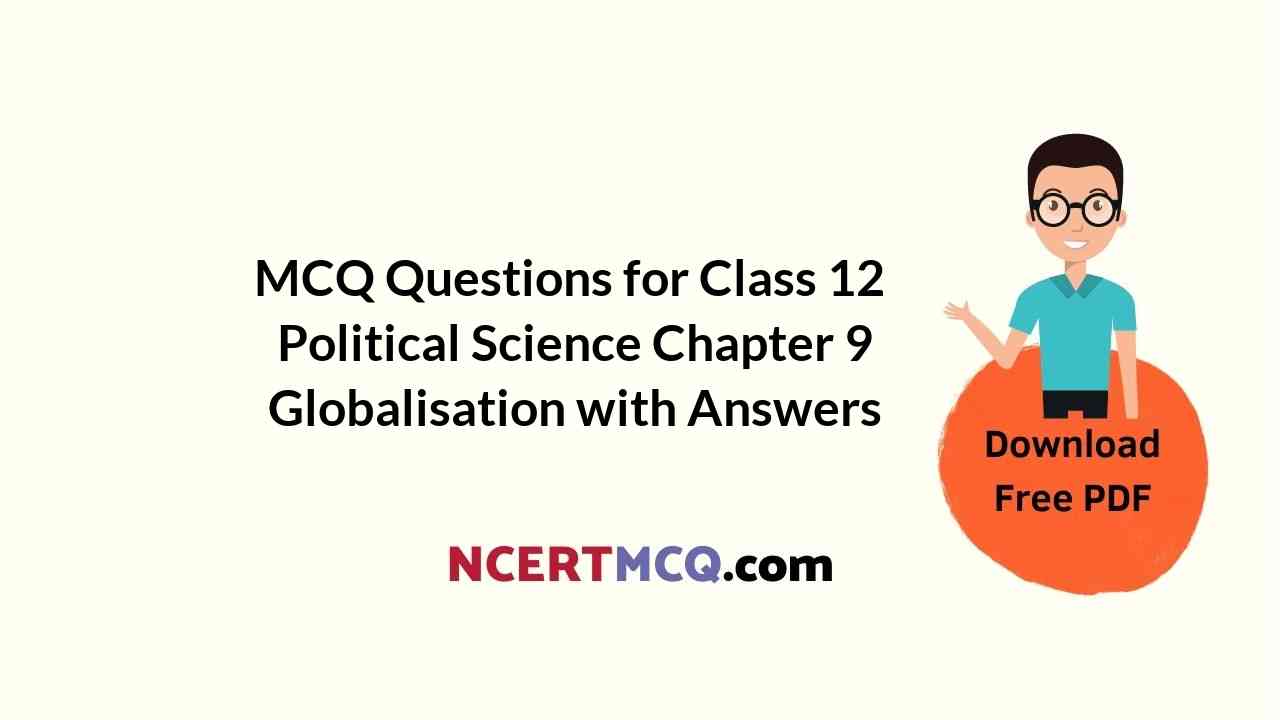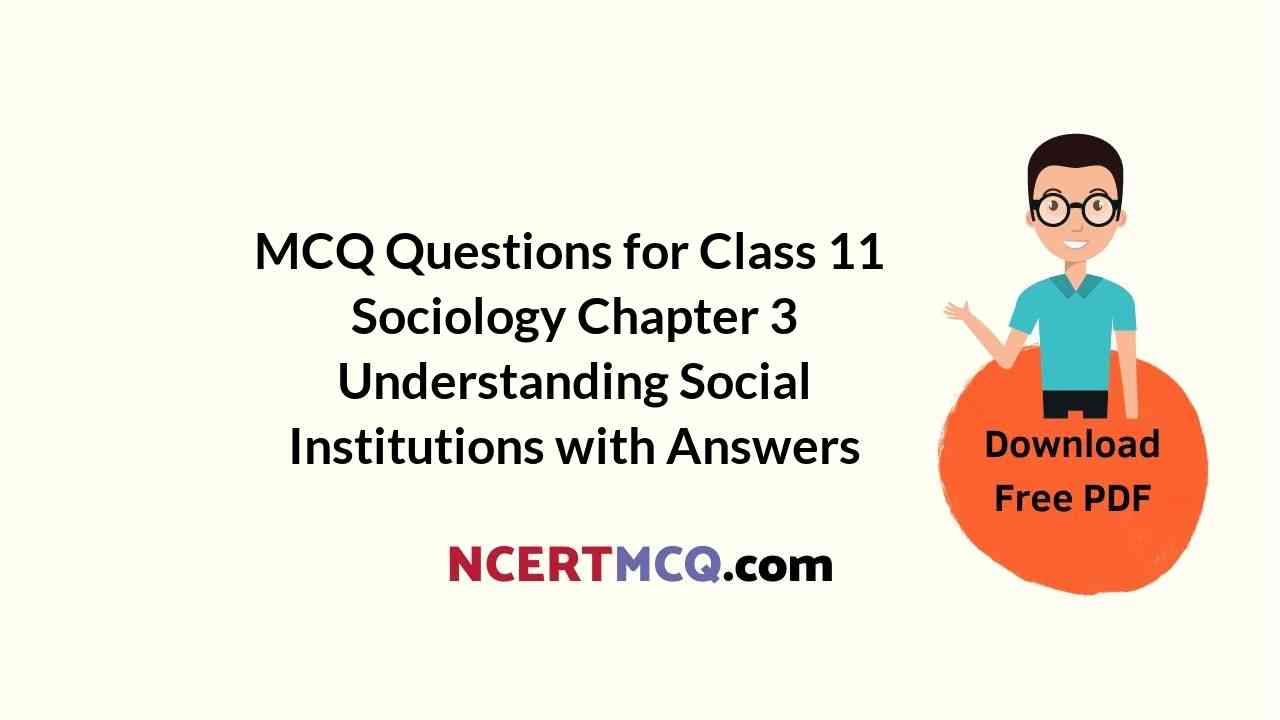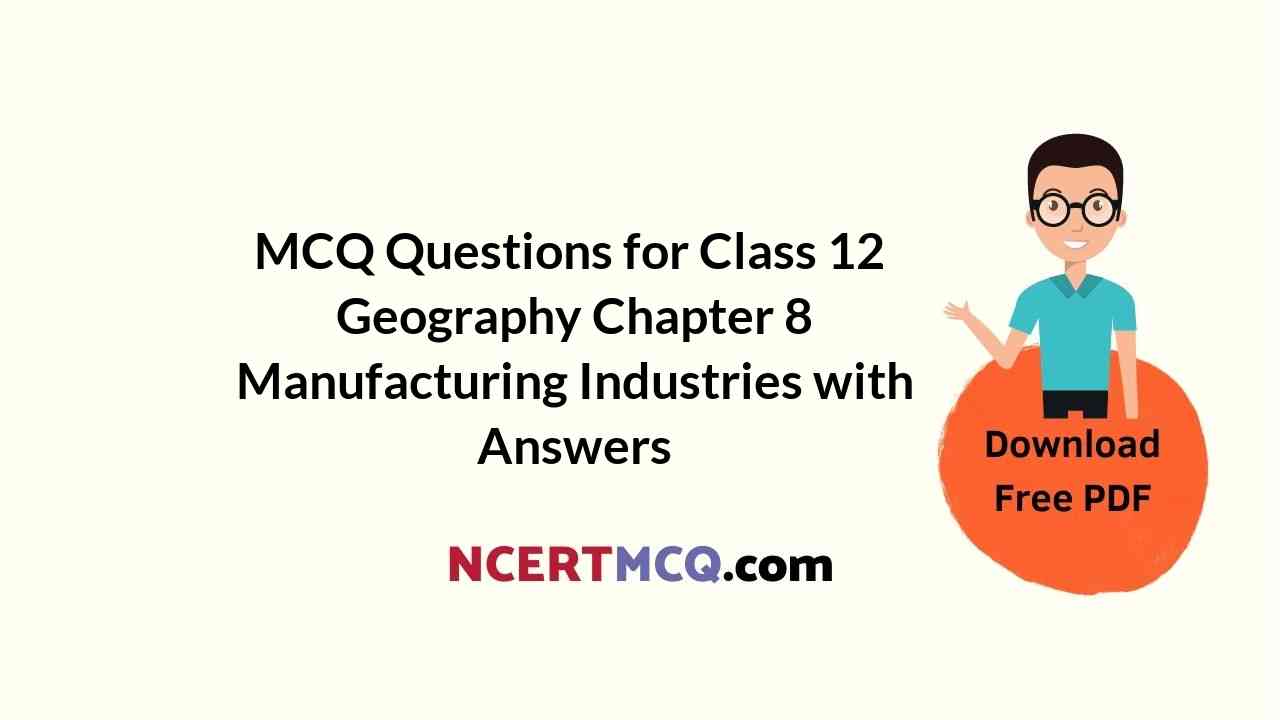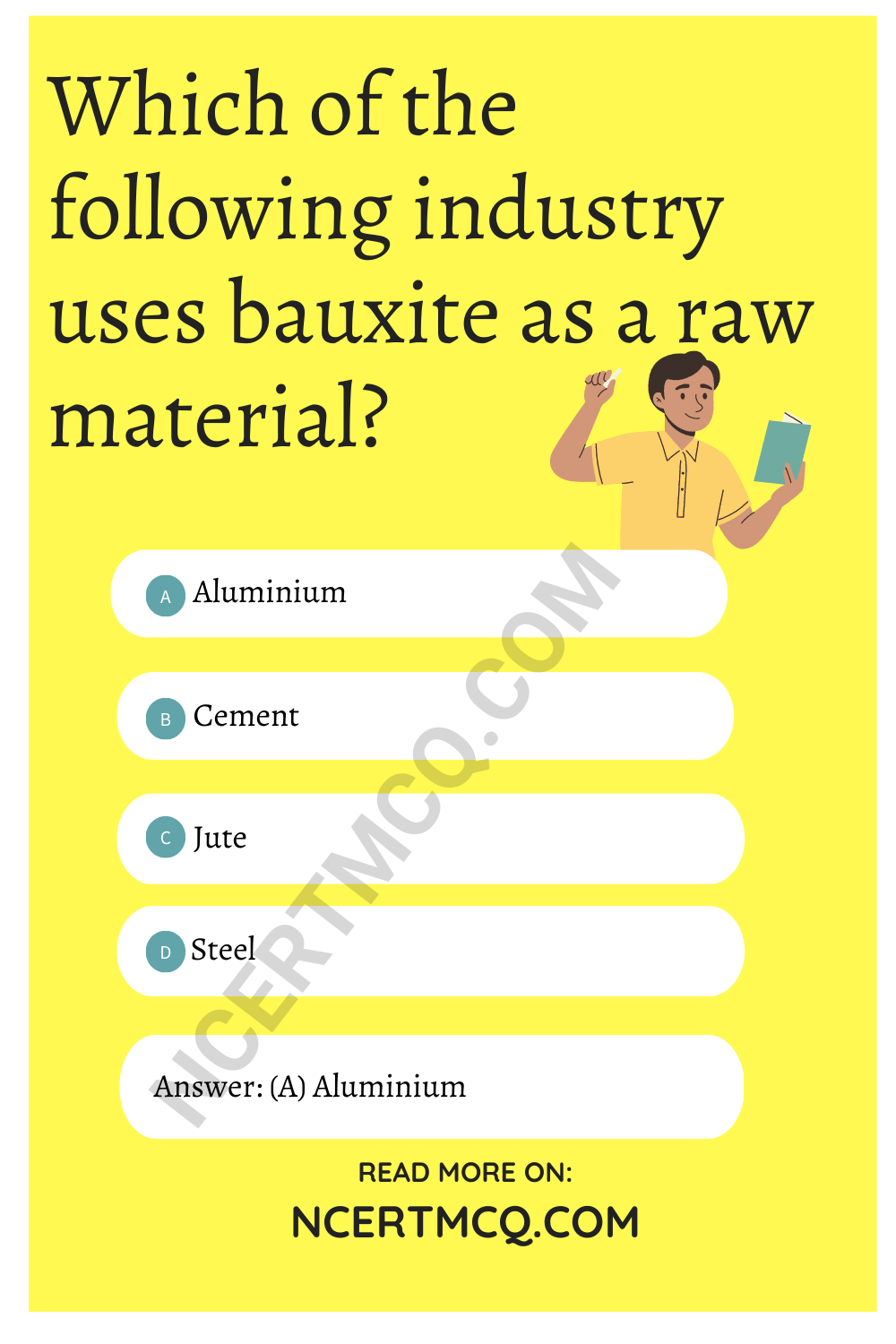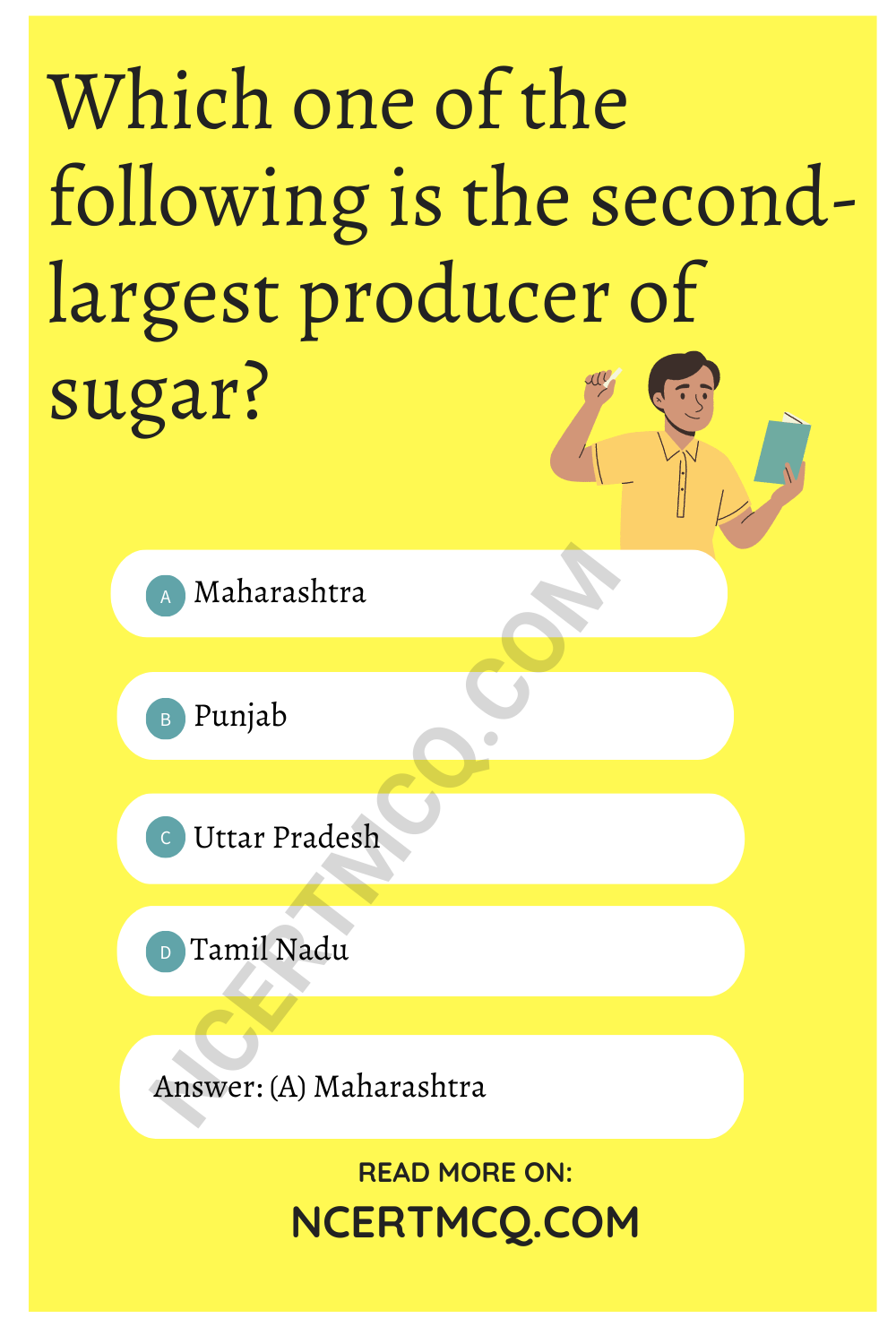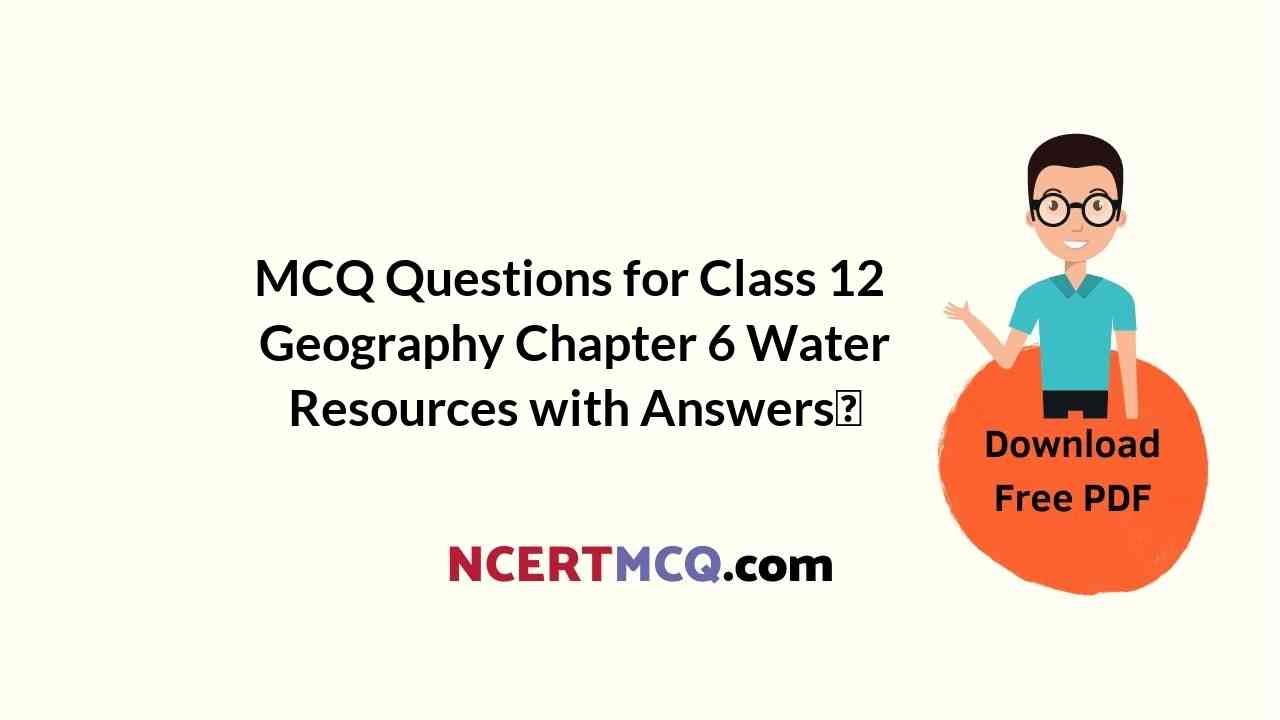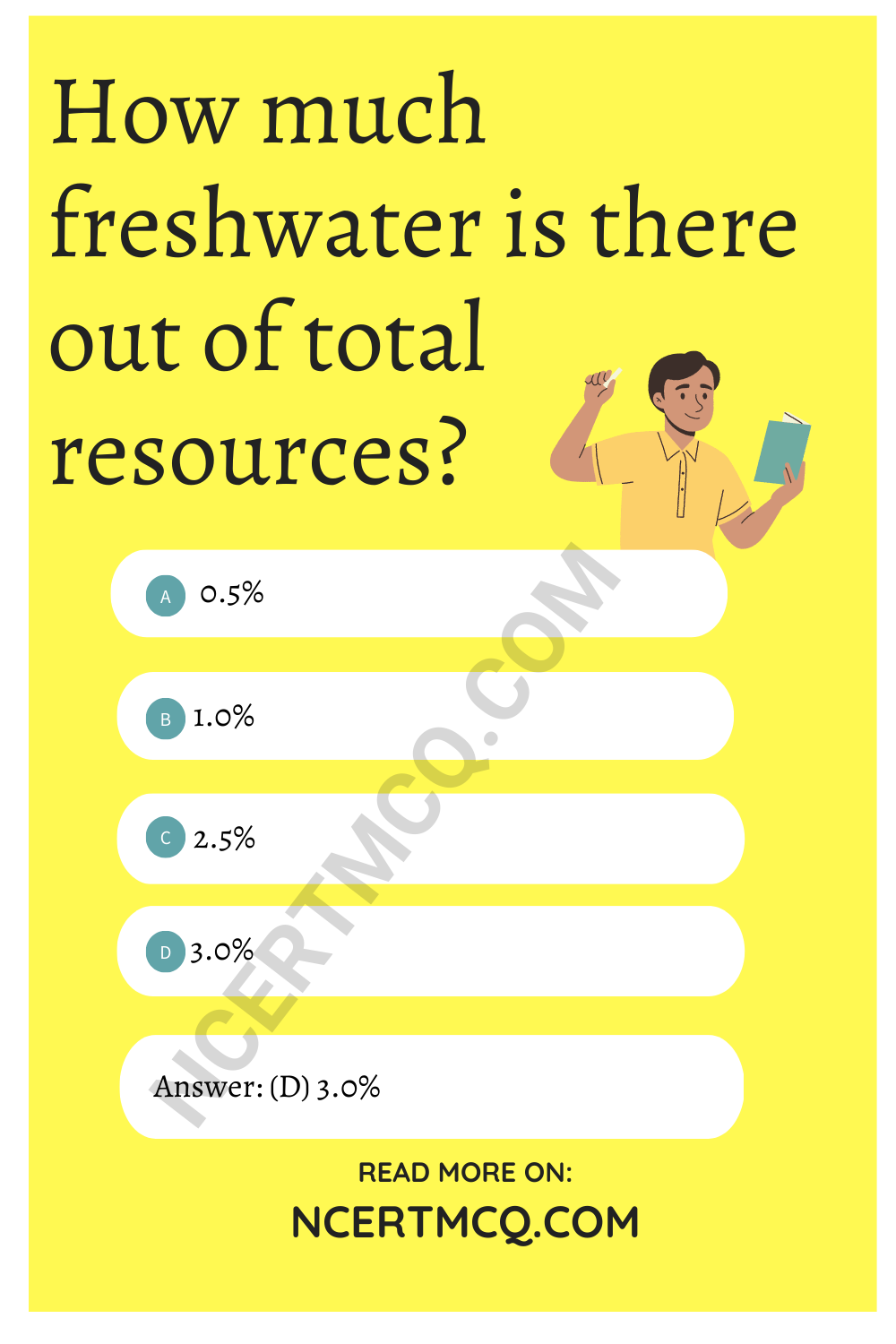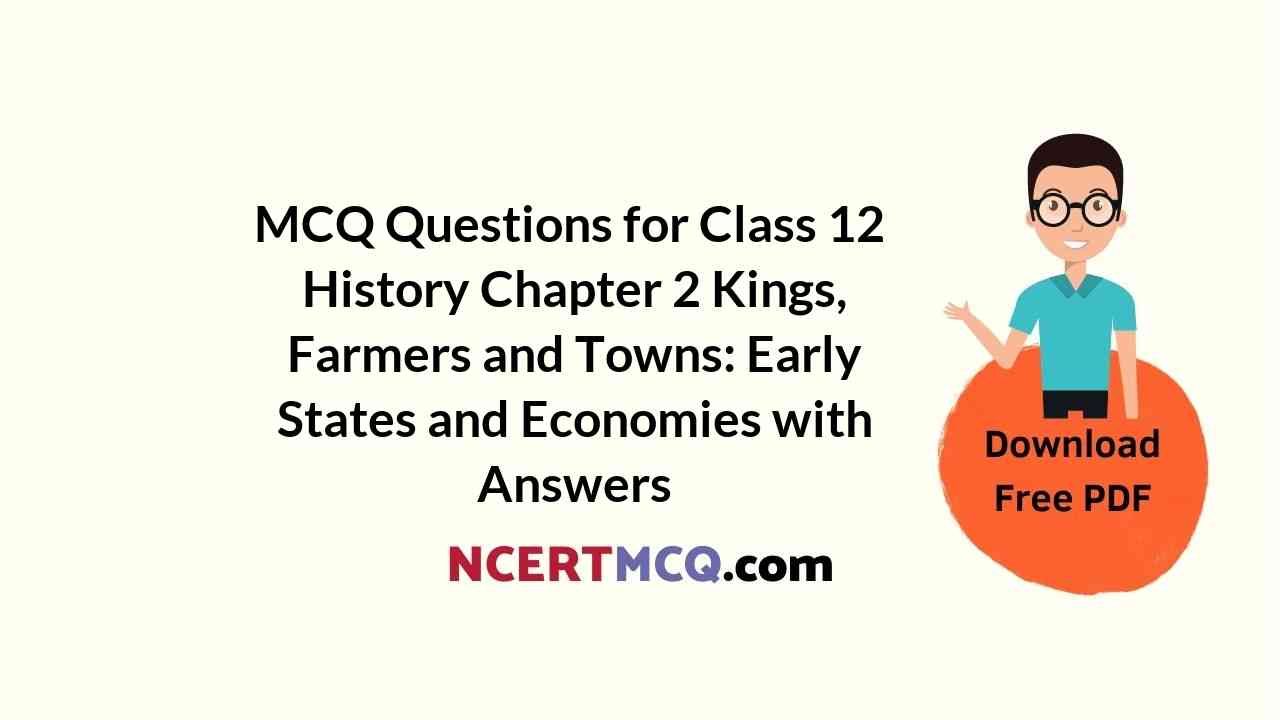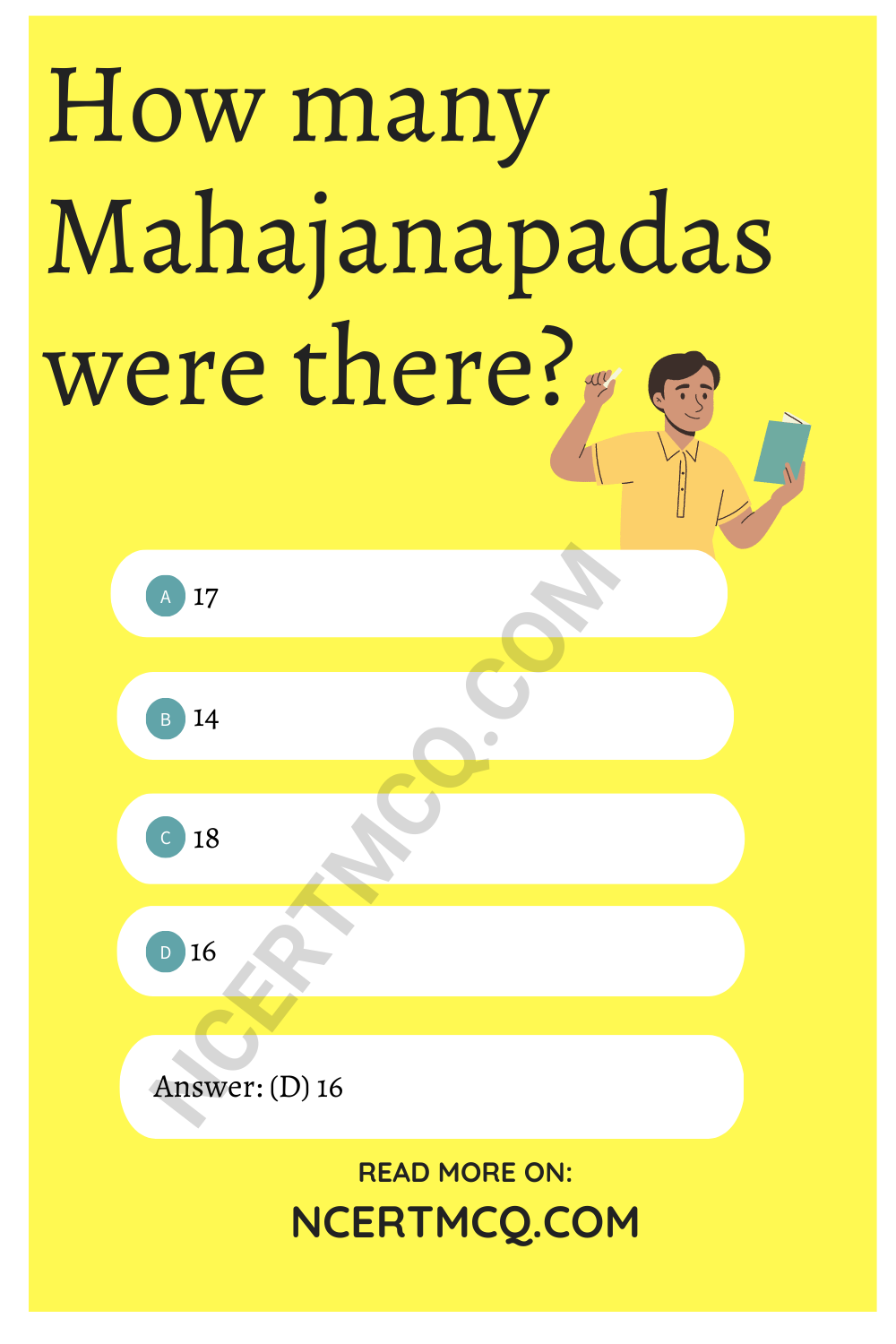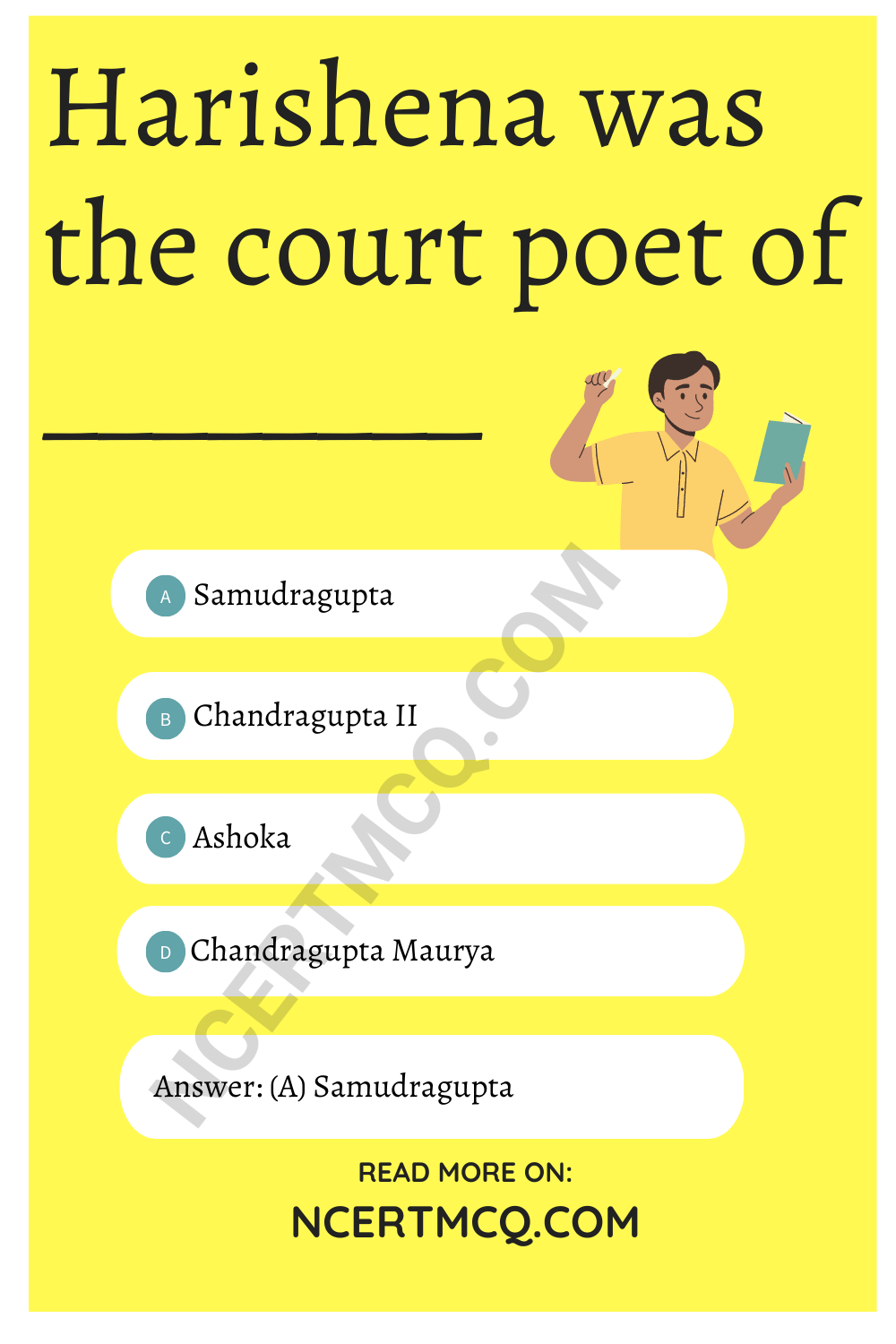Check the below NCERT MCQ Questions for Class 11 Accountancy Chapter 5 Bank Reconciliation Statement with Answers Pdf free download. MCQ Questions for Class 11 Accountancy with Answers were prepared based on the latest exam pattern. We have provided Bank Reconciliation Statement Class 11 Accountancy MCQs Questions with Answers to help students understand the concept very well.
Class 11 Accountancy Chapter 5 Bank Reconciliation Statement MCQ With Answers
Accountancy Class 11 Chapter 5 MCQs On Bank Reconciliation Statement
Brs MCQ Class 11 Question 1.
When check is not paid by the bank, it is called?
(a) Honored
(b) Endorsed
(c) Dishonored
(d) a & b
Answer
Answer: (c) Dishonored
Bank Reconciliation Statement Class 11 MCQ Question 2.
A bank reconciliation statement is prepared by?
(a) Banker
(b) Accountant of the business
(c) Auditors
(d) Registrar
Answer
Answer: (b) Accountant of the business
MCQ On Bank Reconciliation Statement Question 3.
Bank reconciliation is not a?
(a) Reconcile records
(b) Memorandum statement
(c) Ledger account
(d) Procedure to provide cash book adjustments
Answer
Answer: (c) Ledger account
Bank Reconciliation Statement MCQ Question 4.
The balance on the debit side of the bank column of cash book indicates?
(a) The total amount has drawn from the bank
(b) Cash at bank
(c) The total amount overdraft in the bank
(d) None of above
Answer
Answer: (b) Cash at bank
MCQs On Bank Reconciliation Statement Question 5.
Bank statement also called?
(a) Pass book
(b) Cash book
(c) Credit book
(d) Debit book
Answer
Answer: (a) Pass book
Bank Reconciliation Statement MCQs Class 11 Question 6.
The main purpose of preparing a bank reconciliation statement is?
(a) To know the bank balance
(b) To know the balance of bank statement
(c) To correct the cash book
(d) To identify causes of difference between cash book and bank statement
Answer
Answer: (d) To identify causes of difference between cash book and bank statement
MCQ Questions For Class 11 Accountancy Chapter 5 Question 7.
Bank reconciliation statement is?
(a) Part of bank statement
(b) Part of the cash book
(c) A separate statement
(d) a sub-division of journal
Answer
Answer: (c) A separate statement
MCQ Of Brs Class 11 Question 8.
Uncollected checks are also known as?
(a) Outstanding checks
(b) Uncleared checks
(c) Outstation checks
(d) Both b & c
Answer
Answer: (d) Both b & c
Bank Reconciliation Statement MCQs Question 9.
Favorable balance means?
(a) Credit balance in the cash book
(b) Credit balance in Bank statement
(c) Debit balance in cash book
(d) both b and c
Answer
Answer: (d) both b and c
Class 11 Accounts Chapter 5 MCQ Question 10.
Unfavorable balance means?
(a) Credit balance in the cash book
(b) Credit balance in Bank statement
(c) Debit balance in cash book
(d) Debit balance in petty cash book
Answer
Answer: (a) Credit balance in the cash book
Question 11.
Farkhanda Jabeen Ltd. receives a check for Rs. 100 records it in cash book and deposits it on the same day. A statement sent by the bank that day does not show this Rs. 100. How is this shown on the bank reconciliation statement?
(a) As an uncredited deposits added to the bank statement balance
(b) As an uncredited deposits deducted from the bank statement balance
(c) As an Unpresented check added to the bank statement balance
(d) As an Unpresented check deducted from the bank statement balance
Answer
Answer: (a) As an uncredited deposits added to the bank statement balance
Question 12.
A bank reconciliation statement is prepared by?
(a) Internal auditor
(b) Business accountant
(c) Businessman
(d) All of These
Answer
Answer: (d) All of These
Question 13.
Which of the following items is not a reason for difference between bank balance as per cash book and pass book?
(a) Dishonored check
(b) Cheques deposited but not yet cleared
(c) Credit sales
(d) Cheques issued but not yet presented for payment
Answer
Answer: (c) Credit sales
Question 14.
Credit balance in bank pass book means?
(a) Bank overdraft
(b) Bank balance
(c) Balance as per cash book
(d) None
Answer
Answer: (b) Bank balance
Question 15.
A check that bears a date latter than date of issue is called?
(a) Anti dated check
(b) Post-dated check
(c) Dishonored check
(d) Outdated check
Answer
Answer: (b) Post-dated check
Question 16.
The main function of a commercial bank is to?
(a) Barrow and lend money
(b) Only barrow money
(c) Only lend money
(d) None of theses
Answer
Answer: (a) Barrow and lend money
Question 17.
When a cheque is returned by the bank showing some technical reason is known as?
(a) Honor of the cheque
(b) Balance of account
(c) Dishonor of the cheque
(d) None of these
Answer
Answer: (c) Dishonor of the cheque
Question 18.
The outstanding check is the missing entry of?
(a) Cash book
(b) Passbook
(c) both
(d) None
Answer
Answer: (b) Passbook
Question 19.
Directly collections of bank are to be ___________ in cash book?
(a) Dr
(b) Cr
(c) both
(d) None
Answer
Answer: (a) Dr
Question 20.
The cheque which is issued to creditor but is not presented for payment is called?
(a) Uncredited cheque
(b) Outstanding cheque
(c) Omitted cheque
(d) Dishonored cheque
Answer
Answer: (b) Outstanding cheque
Question 21.
A Bank Reconciliation Statement is:
(a) A part of cash book
(b) A part of pass book
(c) A statement prepared by bank
(d) A statement prepared by a customer
Answer
Answer: (d) A statement prepared by a customer
Question 22.
A pass book is a copy of
(a) A customer’s account in the bank’s books
(b) Cash book relating to bank column
(c) Cash book relating to cash column
(d) Firm’s receipts and payments
Answer
Answer: (a) A customer’s account in the bank’s books
Question 23.
A bank reconciliation statement is prepared with the balance of:
(a) Cash book
(b) Pass book
(c) Either cash book or pass book
(d) Neither cash book nor pass book
Answer
Answer: (c) Either cash book or pass book
Question 24.
Unfavourable bank balances means:
(a) Credit balance in the cash book
(b) debit balance in the pass book
(c) Debit balance in the cash book
(d) Favourable balance in the cash book
Answer
Answer: (b) debit balance in the pass book
Question 25.
The main purpose of preparing a bank reconciliation statement is?
(a) To know the bank balance
(b) To know the balance of bank statement
(c) To correct the cash book
(d) To identify causes of difference between cash book and bank statement
Answer
Answer: (d) To identify causes of difference between cash book and bank statement
Question 26.
In cash book, the favourable balance indicates
(a) Credit Balance
(b) Debit Balance
(c) Bank Overdraft
(d) Adjusted Balance
Answer
Answer: (b) Debit Balance
Question 27.
On the bank statement, cash deposited by the company is known as
(a) Credit
(b) Debit
(c) Liability
(d) Expenses
Answer
Answer: (a) Credit
Question 28.
Bank reconciliation statement compares a bank statement with _________
(a) Cash payment journal
(b) Cash receipt journal
(c) Financial statements
(d) Cashbook
Answer
Answer: (d) Cashbook
Question 29.
What is “Deposit in transit” in bank reconciliation?
(a) Added to Bank Balance
(b) Subtracted From Bank Balance
(c) Subtracted From the Cash Book Balance
(d) Added to Cashbook Balance
Answer
Answer: (a) Added to Bank Balance
Question 30.
‘NSF’ marked in cheque sent back by the bank indicates
(a) Cheque has been forged
(b) A bank couldn’t verify the identity
(c) No sufficient money
(d) A cheque cannot be cashed because it’s illegal
Answer
Answer: (c) No sufficient money
We hope the given NCERT MCQ Questions for Class 11 Accountancy Chapter 5 Bank Reconciliation Statement with Answers Pdf free download will help you. If you have any queries regarding CBSE Class 11 Accountancy Bank Reconciliation Statement MCQs Multiple Choice Questions with Answers, drop a comment below and we will get back to you soon.
Class 11 Accountancy With Answers MCQ:
- Introduction to Accounting Class 11 MCQ
- Theory Base of Accounting Class 11 MCQ
- Recording of Transactions 1 Class 11 MCQ
- Recording of Transactions 2 Class 11 MCQ
- Bank Reconciliation Statement Class 11 MCQ
- Trial Balance and Rectification of Errors Class 11 MCQ
- Depreciation, Provisions and Reserves Class 11 MCQ
- Bills of Exchange Class 11 MCQ
- Financial Statements 1 Class 11 MCQ
- Financial Statements 2 Class 11 MCQ
- Accounts from Incomplete Records Class 11 MCQ
- Applications of Computers in Accounting Class 11 MCQ
- Computerised Accounting System Class 11 MCQ
- Structuring Database for Accounting Class 11 MCQ
- Accounting System Using Database Management System Class 11 MCQ
